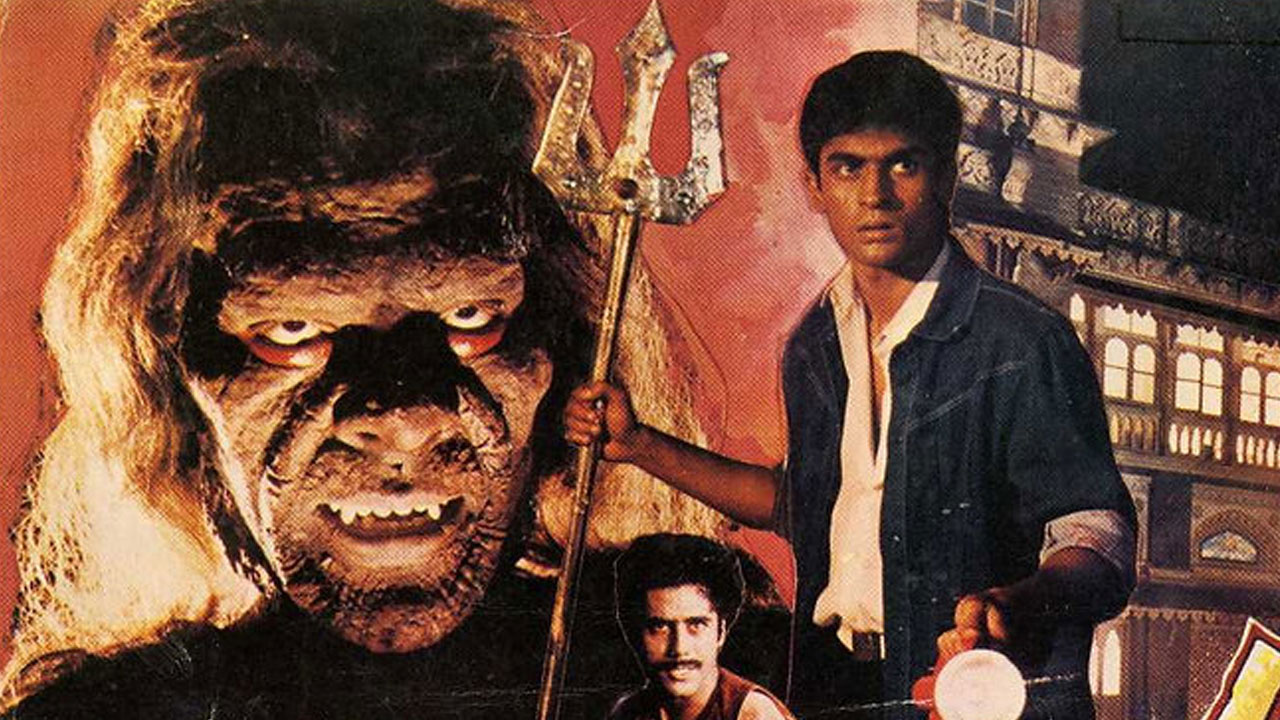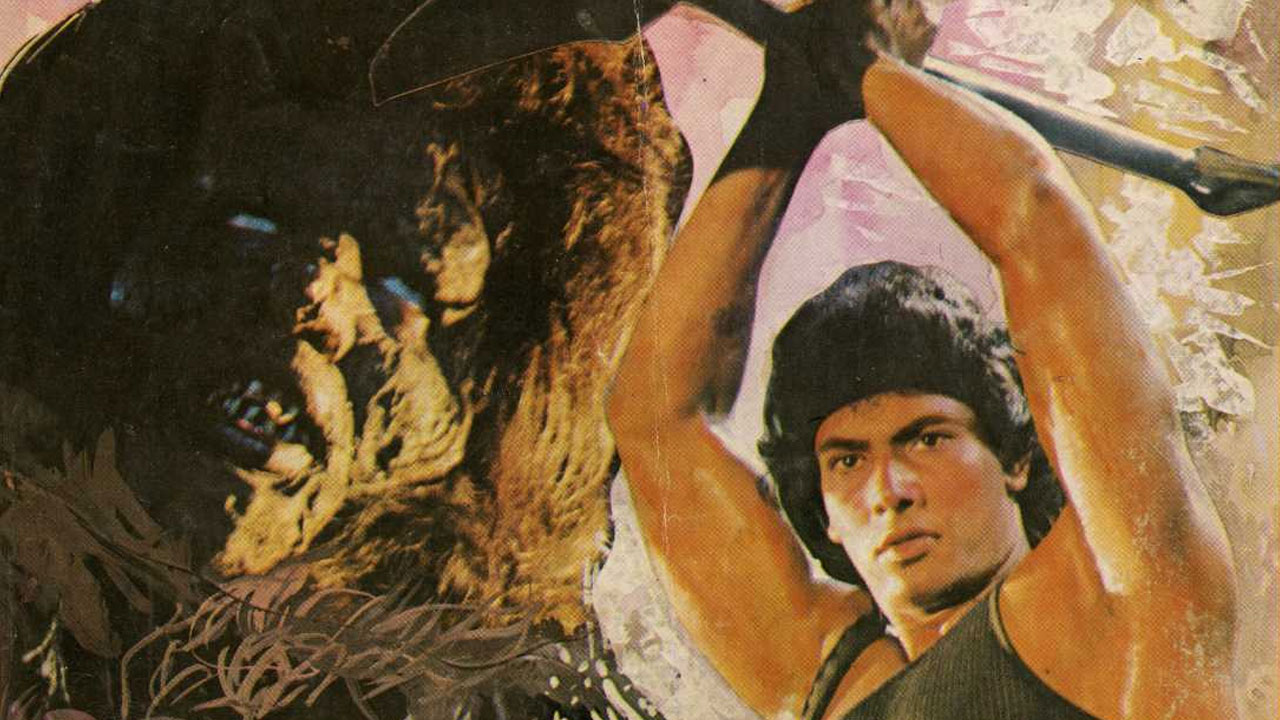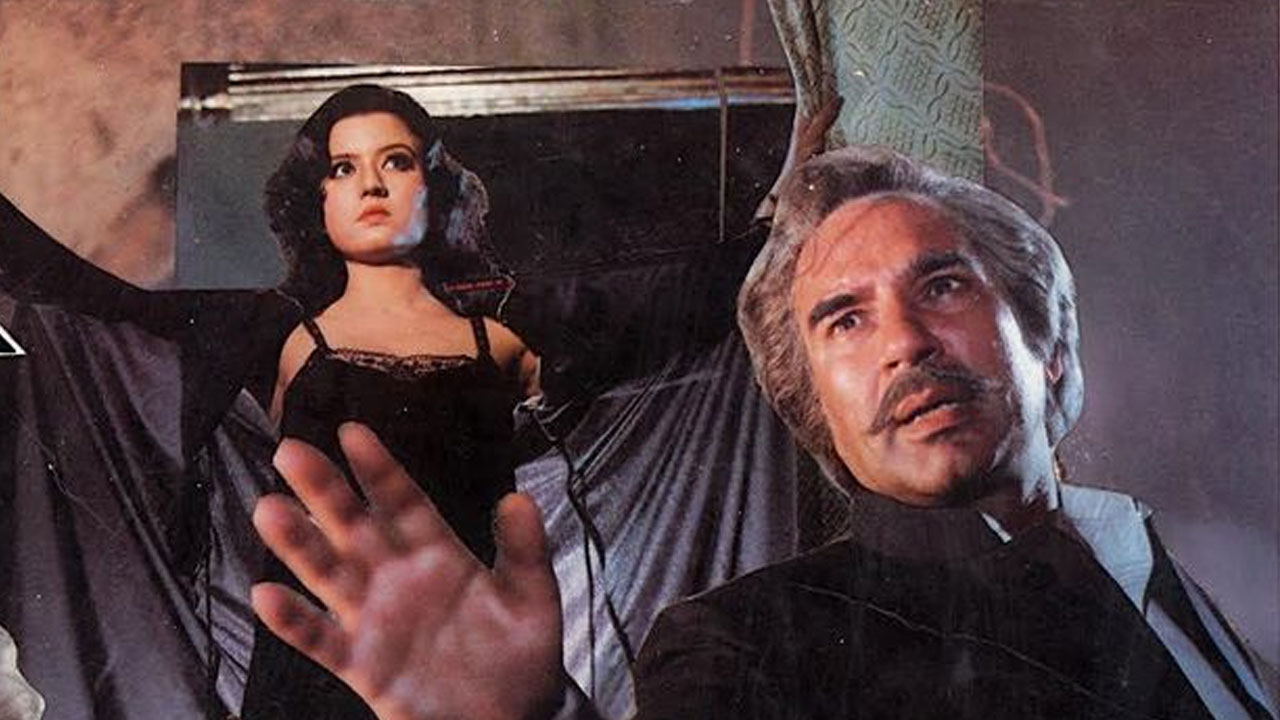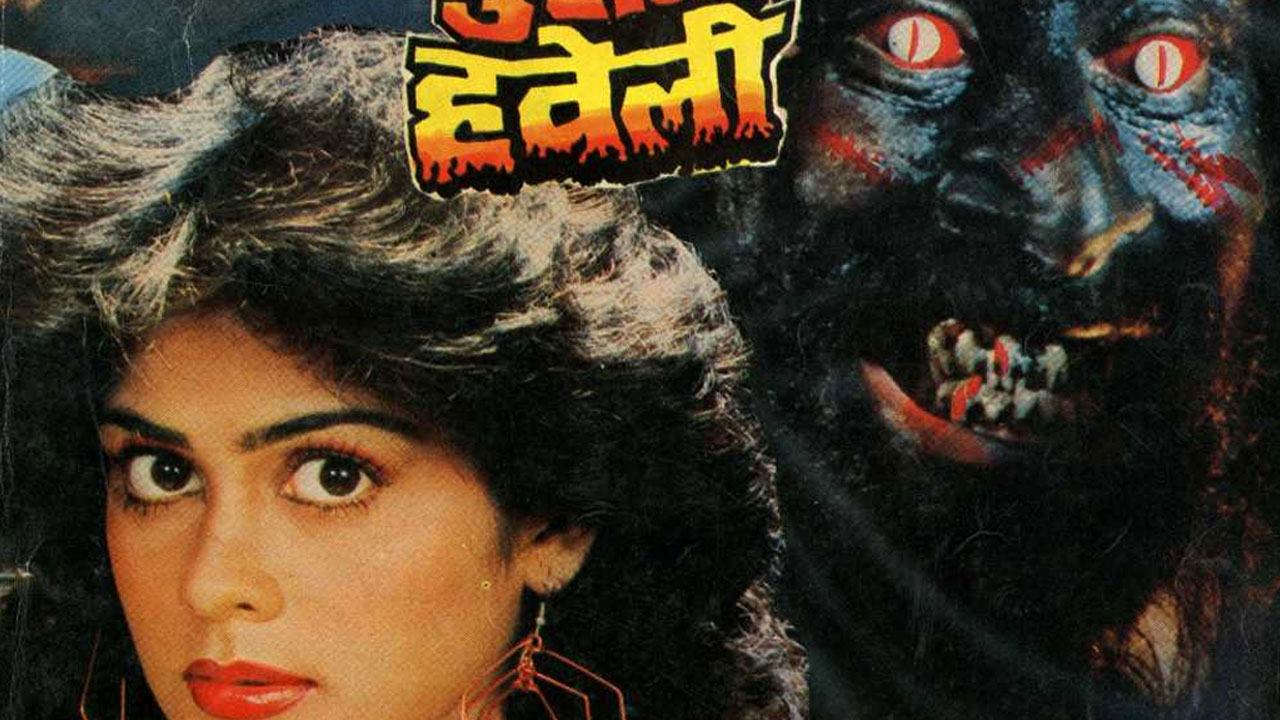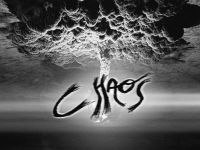
} This section is dedicated to a previous edition of the festival. To get information about the latest edition, please follow this link: HOME
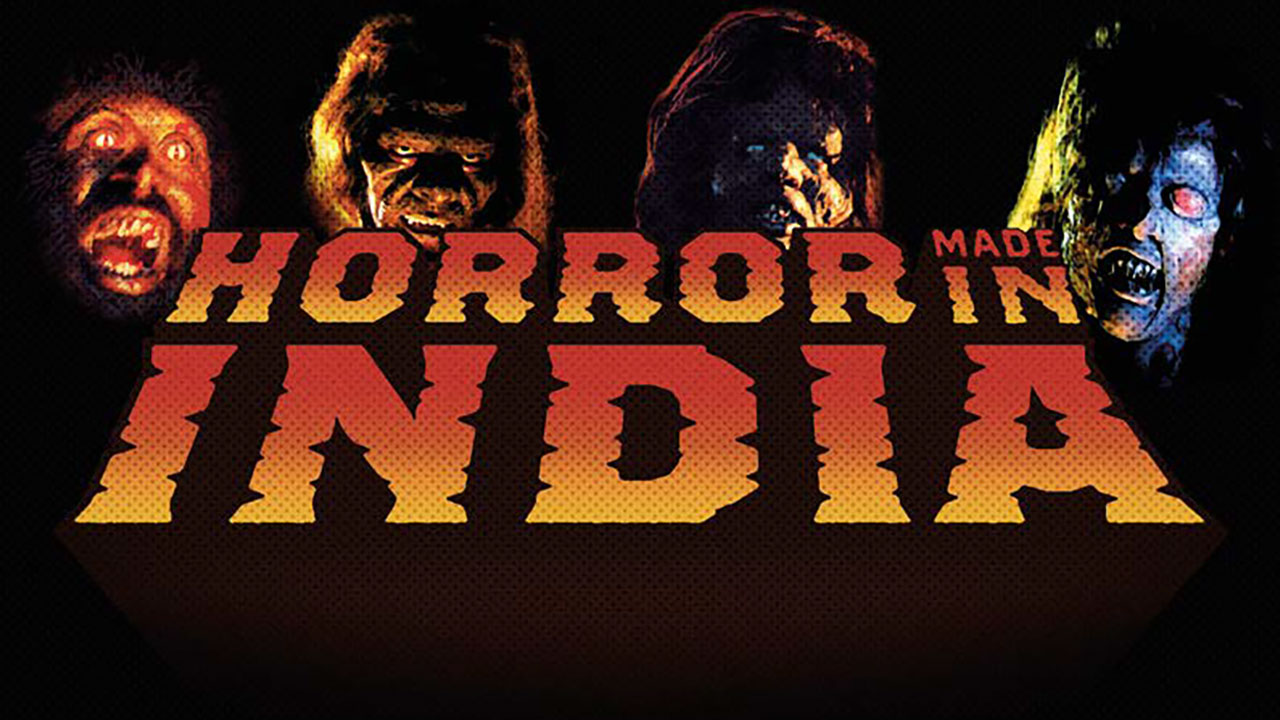
Ramsay Brothers : Horror Made In India
If in your wildest dreams you imagined the Hammer company revisited by Bollywood, the Ramsay brothers have made your fantasies come true. Though a tradition of horror impregnates Indian folktales, it can be said that the Ramsay brothers invented onscreen Indian horror.
One always imagines brother collaborations as duos, but it’s absolutely not the case of the Ramsays, who were seven: Kumar, Keshu, Tulsi, Kiran, Shyam, Gangu et Arjun come from a family originating from Sindh (Pakistan), along with their parents and two sisters Asha and Kamla. In 1947, at the partition of India, their father Fatehchand U Ramsay, had the whole family emigrate to Bombay. At first a manager of electronics shops, he partnered with other Sindhi businessmen to invest in cinema from 1954 to 1970, unsuccessfully. But a scene from one of their movies remained in the audience’s memory and is often mentioned, a scene in which an actor wears a monstrous mask. It gave the seven brothers a genius idea, and in 1972, almost bankrupt, they shot Do Gaz Zameen Ke Neeche (1972) inspired by a story of adultery and zombies told to her father by Asha. They put a little team of actors and technicians on a bus, borrowed some cameras, and rented a guest house. And with the protagonists’ own clothes as costumes, in 40 days and for 3,5 lakhs per hour - when Indian film shootings would cost 50 lakhs per hour and last a year -.that did the trick!
The astounding success of this first trial incited them to continue in the same vein. Thirty films from 1975 to 2014 (with sometimes 2 films per year in the eighties) were written, directed and edited by the brothers, with short deadlines and reduced crews. They established such a popularity that Indian fantasy movies became linked to their name. It’s a parade of vampires, ghosts, ghouls, werewolves, and other creatures inspired by western horror, in films rich with musical scenes and other great Bollywood moments. Veerana (1988), Purana Mandir (1984), Bandh Darwaza (1990) Purani Haveli (1989), Tahkhana (1986) or The zee horror show (1993) remain their best works, and retain the flavor of traditional folktales. Many contemporary filmmakers in the genre claim to be their heirs, grateful for everything they owe them. There’s even a biopic project about them.
Lesser known is that beyond a reinvented entertainment system, the Ramsay family repetitively experienced mysterious events, and though they remained skeptics, rationalizing what they lived through, these strange encounters regularly served as inspiration for their movies: a ghost woman hitchhiker with twisted fingernails and a spectral voice, inexplicable noises and moans in a deserted palace, a reluctant cadaver during a graveyard shooting… This sublime candor is the hallmark of their pure and popular artisan’s cinema, that cannot be reduced to its kitschiness, like their almost ridiculous latex make-ups, that in fine reinforce their cinema’s poetic dimension.
